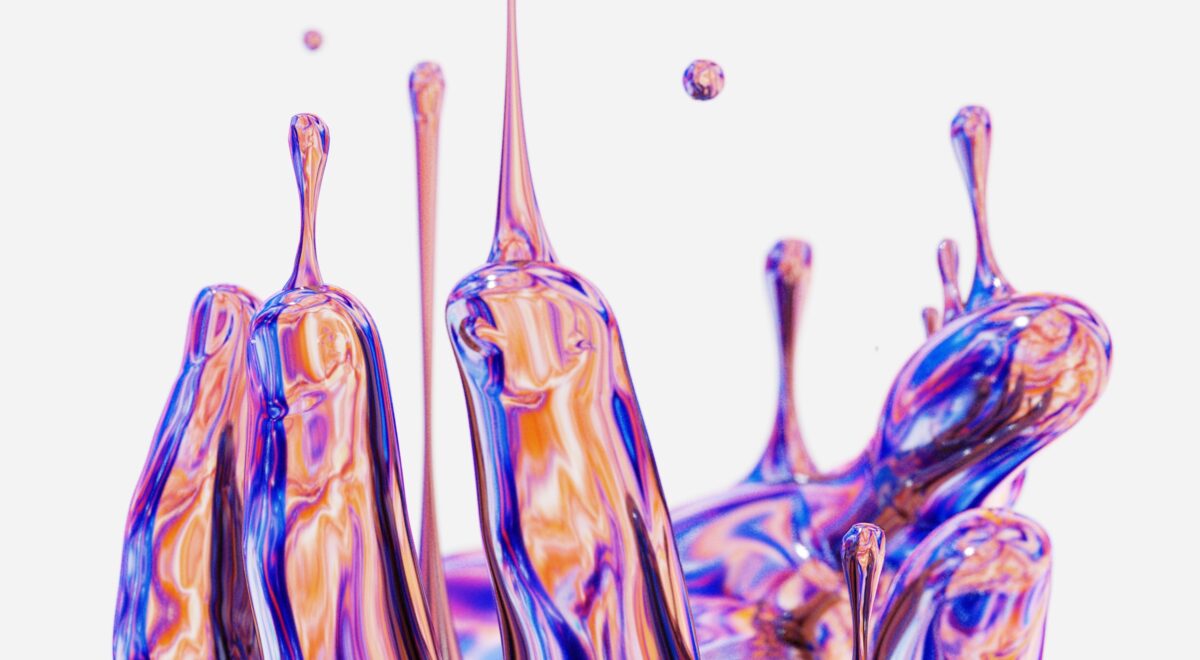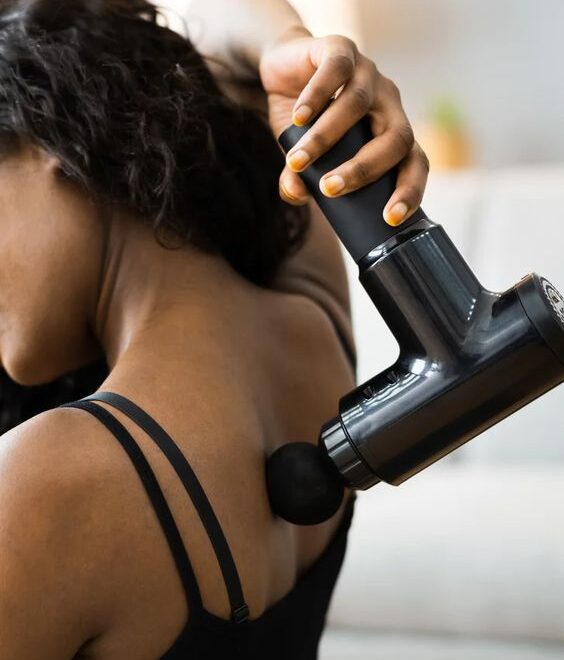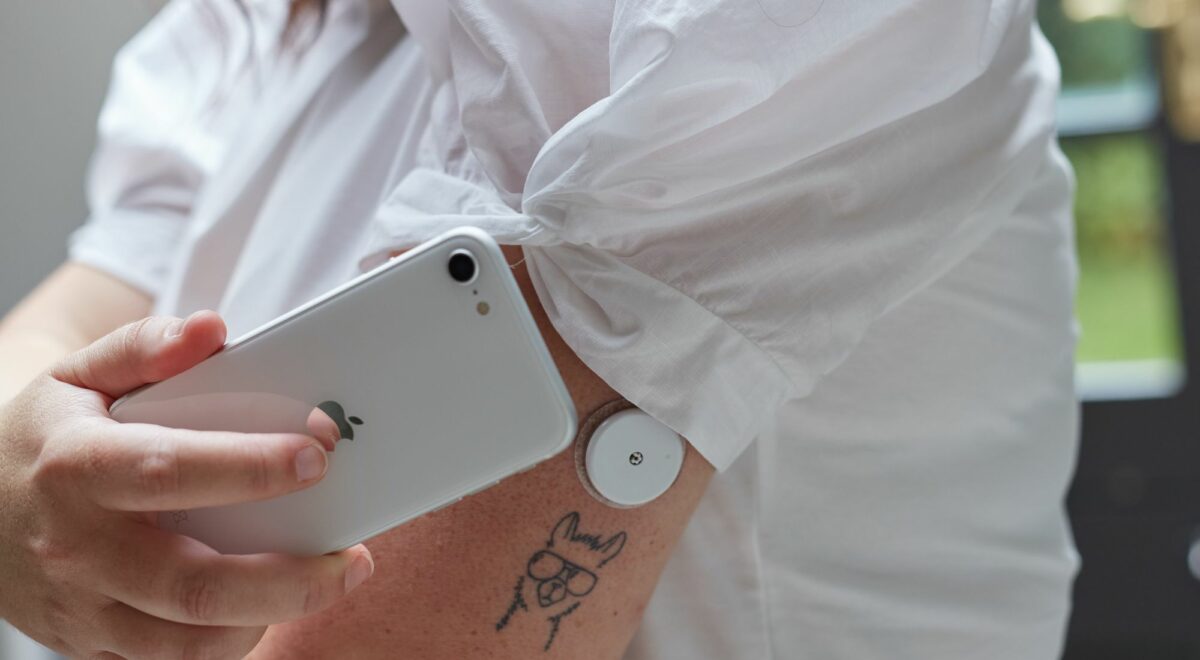Hormones, the chemical messengers, act as the silent conductors, directing the performance with exquisite precision. These tiny molecules travel through the bloodstream, seeking out specific receptors on target cells like keys seeking their locks. Once the perfect fit is found, the hormone delivers its message, triggering cellular responses that govern everything from growth and development to metabolism and reproduction. Understanding Women’s Hormonal Health is of prime importance, as it plays an important role in everything from fitness to reproductive health to sleep.
Hormones, vital for numerous bodily functions, exert influence across various domains. They guide growth and development, with growth hormone and insulin steering bone and muscle growth, regulating puberty, and shaping overall body composition. Additionally, insulin and glucagon manage blood sugar levels, while thyroxine oversees energy expenditure and body temperature as part of metabolism. In reproduction, sex hormones such as estrogen and progesterone govern menstrual cycles, fertility, and pregnancy in women, while also impacting sexual development and function in all genders. Further, hormones like serotonin and melatonin assume pivotal roles in regulating mood, sleep cycles, and the body’s response to stress.
For women, hormonal balance is especially critical. Estrogen and progesterone, the main hormones of the menstrual cycle, team up for maturation, ovulation, and uterine preparation for pregnancy. When these hormones swing out of sync, the consequences can range from menstrual irregularities. They influence bone health, energy levels, and even our response to stress and sleep.
Hormonal Changes Throughout Life Phases
Women or anyone with a uterus undergo a fascinating journey because of hormones throughout their life. This starts in puberty, followed by the fertile years, and eventually transitions into menopause. These are some key hormonal milestones in this journey:
Puberty: Approaching the ages of 8-13 the conductor, the hypothalamus, sends out signals to the pituitary gland, prompting the release of gonadotropin-releasing hormone (GnRH). This then taps the ovaries into action, coaxing them to produce estrogen and progesterone – the primary performers in female sexual development. Estrogen, then takes centre stage, stimulating breast development, and pubic hair growth, and thickening the uterine lining like a plush carpet for a potential guest. Progesterone, a reliable understudy, joins the act, working alongside estrogen to prepare the uterus for a possible pregnancy. Finally, estrogen levels reach their peak, leading to the first menstrual period, marking the official start of the cyclical journey.
Menstrual Cycle: Each month, the ovaries alternate between producing a dominant follicle (containing an egg) and a corpus luteum (which releases progesterone). This intricate choreography is orchestrated by a delicate trio of hormones: estrogen, progesterone, and GnRH. Estrogen levels rise in the first half of the cycle, peaking around ovulation. This can lead to increased energy, libido, and alertness. Progesterone takes over after ovulation, causing mood swings, fatigue, and breast tenderness. But within this ebb and flow of hormones lies a crucial purpose. If the egg fails to meet its destined partner, the corpus luteum fades, and progesterone levels plummet. This signals the shedding of the uterine lining, and menstruation takes place.
Pregnancy and Childbirth: During pregnancy, estrogen and progesterone skyrocket, fueling your baby’s growth and getting your body ready for birth. Another hormone, Human chorionic gonadotropin (hCG), produced by the placenta, further supports these processes. This surge can be pretty intense and can lead to a rollercoaster of emotions, from euphoria to anxiety. Physical symptoms like fatigue, nausea, and mood swings are also common. After birth, hormone levels take a nosedive, and some women may experience a low, also known as postpartum depression.
Perimenopause and Menopause: As women approach their 40s, the ovaries gradually reduce estrogen production. This decline causes the menstrual cycle to become irregular and eventually cease altogether, marking menopause. In the years leading up to menopause (perimenopause), estrogen levels fluctuate erratically, causing hot flashes, night sweats, mood swings, and sleep disturbances. While menopause signifies the end of fertility, it doesn’t have to be the end of well-being. Hormone replacement therapy and lifestyle changes can help manage symptoms and maintain a healthy quality of life.
Common Hormonal Health Issues Imbalances in hormones, whether excessive or insufficient, often lead to health symptoms and issues. While several of these imbalances necessitate treatment, a few may be transient and self-resolving. Among the prevalent hormone-related conditions are:
Polycystic Ovary Syndrome (PCOS): Characterised by irregular periods, excess androgen levels, and polycystic ovaries, PCOS is marked by hormonal imbalances that affect ovulation. Potential complications include infertility, diabetes, and heart disease.
Premenstrual Syndrome (PMS) and Premenstrual Dysphoric Disorder (PMDD): Hormonal fluctuations during the menstrual cycle trigger PMS and PMDD symptoms. PMS may cause mood swings, bloating, and irritability, while PMDD presents severe emotional and physical symptoms. Management involves lifestyle changes, medications, and therapy.
Endometriosis: Hormonal fluctuations influence the abnormal growth of endometrial-like tissue outside the uterus, causing pain and fertility issues. These hormonal changes aggravate the condition, often leading to severe pelvic pain and infertility.
The Way Forward: Exercise, Stress Management & More
Regular exercise, encompassing various forms like aerobic workouts, strength training, and yoga, is pivotal for hormonal health and stress management. It triggers the release of endorphins, reducing stress and enhancing mood while decreasing cortisol levels.
Exercise also improves insulin sensitivity, regulating blood sugar and preventing imbalances linked to insulin resistance. Physical activity contributes to better sleep quality, essential for hormonal balance. By regulating sleep patterns, exercise indirectly supports equilibrium in hormones, preventing disruptions that affect stress, appetite, and metabolism.
Several tests are available to help better understand female hormonal health, providing valuable insights into hormone levels and potential imbalances. Blood tests serve as a critical tool for assessing various hormones pivotal to women’s health. They encompass evaluations for hormones like progesterone and estrogen, crucial for regulating the menstrual cycle and reproductive health. Thyroid function tests, encompassing TSH, T3, and T4 assessments, gauge metabolic influence and energy levels. Hormones such as FSH and LH contribute to ovarian function, aiding in diagnosing fertility and menopause-related conditions. Prolactin evaluations highlight potential impacts on fertility and menstrual cycles.
Even testosterone, typically associated with males, holds significance for women’s mood, libido, and energy. Furthermore, cortisol level measurements shed light on stress’s potential influence on hormonal balance. These blood tests offer comprehensive insights into an array of hormonal markers crucial for understanding and managing women’s health.
Understanding the interplay between these hormones enables customised interventions, whether for reproductive health, metabolic regulation, or addressing stress-related impacts, ensuring a holistic approach to women’s well-being. Everyone’s journey is different, and hormonal experiences can vary widely. Don’t hesitate to seek medical advice if you have any concerns or questions understanding women’s hormonal health.












